
In the late 15th century, Portuguese explorer Vasco da Gama landed on Sultan Ali Musa Mbiki’s small island of Arab shipbuilders. Within a decade, the Portuguese took control of the island and named it in honor of the deposed sultan: Moçambique. By the close of the 16th century, Moçambique would become the capital of Portuguese East Africa and one of the largest centers of the slave trade on the continent. By independence in 1975, the entire country was commonly known as Mozambique (Portuguese: Moçambique).

The story of Mozambique Island (Ilha de Moçambique) is one of rise from relative obscurity to one of the most significant trading ports in the known world of the time, to massive reversal of fortunes, leading to decline and obscurity, followed by a period of stagnation and a gradual upswing as a UNESCO World Heritage Site. It’s fate was sealed as an important Indian Ocean port with the opening of the Suez Canal, signaling a move of the capital to Lourenço Marques (present-day Maputo) in 1898. The Portuguese’s loss, however, is now visitors’ gain. Because of the islands virtual overnight abandonment a century ago, most of the old city remains as it once was, albeit crumbling — much of it ruined by time and neglect…
…which makes the island all the more fascinating.

The 3km-long island is divided into two major parts: Stone Town (the old, and largely uninhabited, colonial quarter) and Makuti Town (the very-much lived in former laborers’ and freed-slaves’ section, now home to 14,000 people).

Unlike Lamu or Zanzibar, Ilha’s Stone Town is quiet and sleepy, save for Sunday mass and student traffic to/from the large Secondary School.

Ilha has a few worthwhile historical sites such as the old Governor’s Residence (pictured above and below), the hospital and old seat of power, and of course, Ilha’s famous Sao Sebastiao fort, which dominates the northern tip of the island.


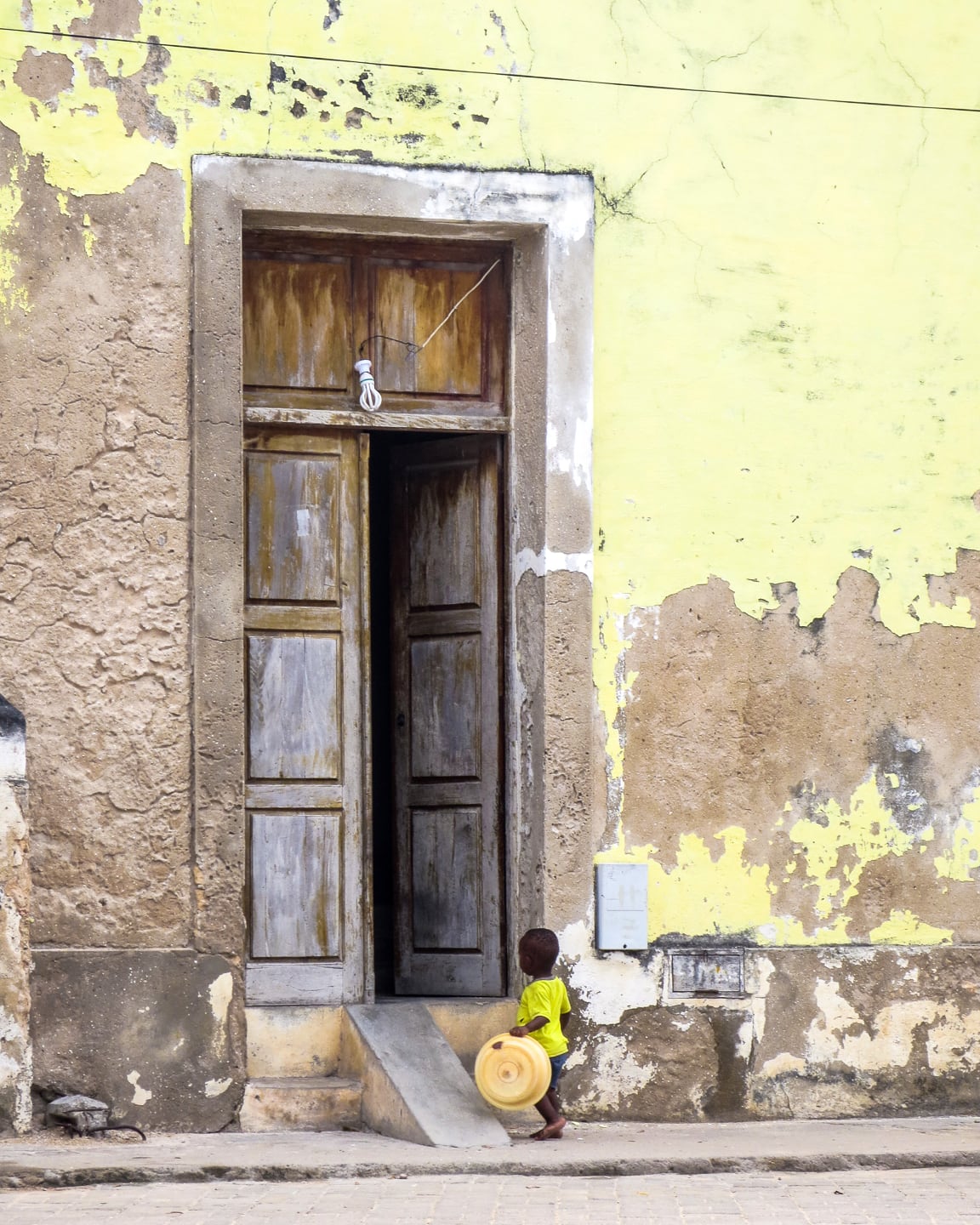
But there’s no denying that the city, or rather the entire island, itself, is the real attraction. Walking the sand and cobble stone roads through winding allies of steady decay and pockets of restoration, past dhows gliding lazily across the bay and children…my, oh my soooo many children…forms the real charm and mystique of this place.

But don’t be fooled! Ilha is NOT Zanzibar, and not even Lamu (Zanzibar’s smaller and sleepier Kenyan cousin). Ilha is something else entirely.
For one, Ilha is not easy to reach. You can’t just fly to the island or take a tourist shuttle from the nearest major city. You can fly in to an airstrip opposite ilha on the mainland for a pretty penny, but if you’re going to spend that kind of money, you’d likely be the type of person who’d pick many other fascinating locations in the world that offer much more value and services for the money.
Ilha has many mid-range guest houses, but few real budget options. Conversely, the island has few luxury options either, which is difficult to grasp in a setting as lovely as Ilha’s — mind-blowing turquoise water, beautiful old colonial structures, dhows sailing by, etc. And that is perhaps why Ilha is so fantastic. It should be a playground for the rich, but it’s not. It’s home to 14,000 Mozambicans, hosting the occasional smattering of intrepid travelers throughout the course of the year.
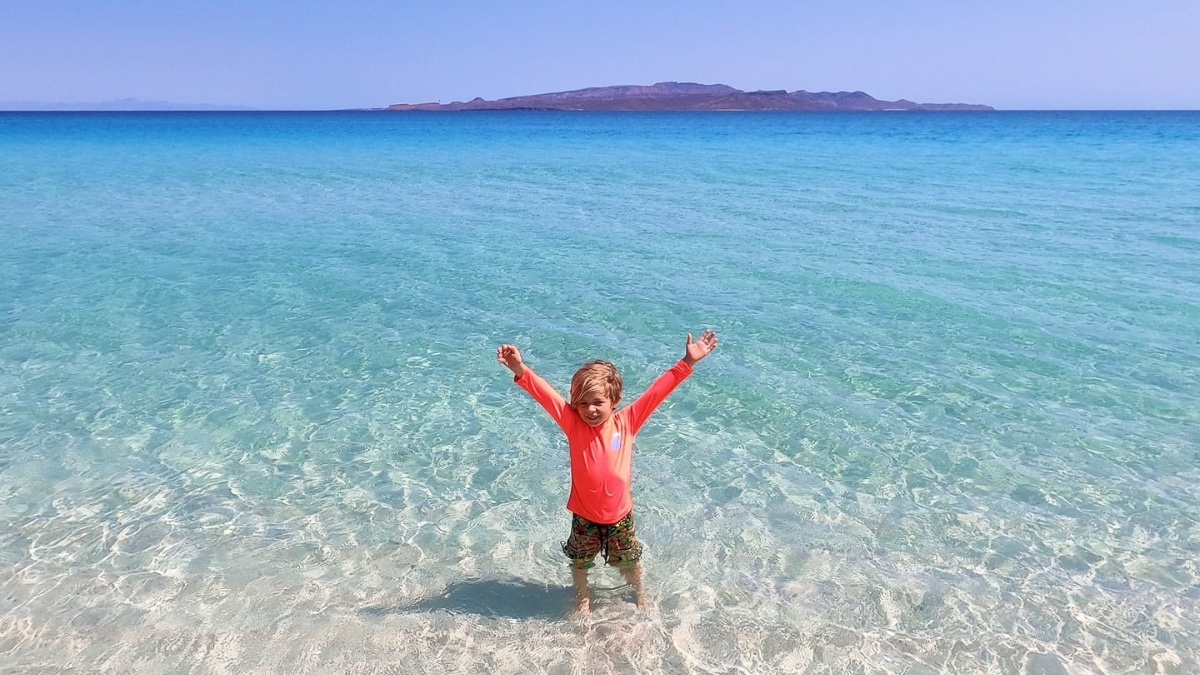
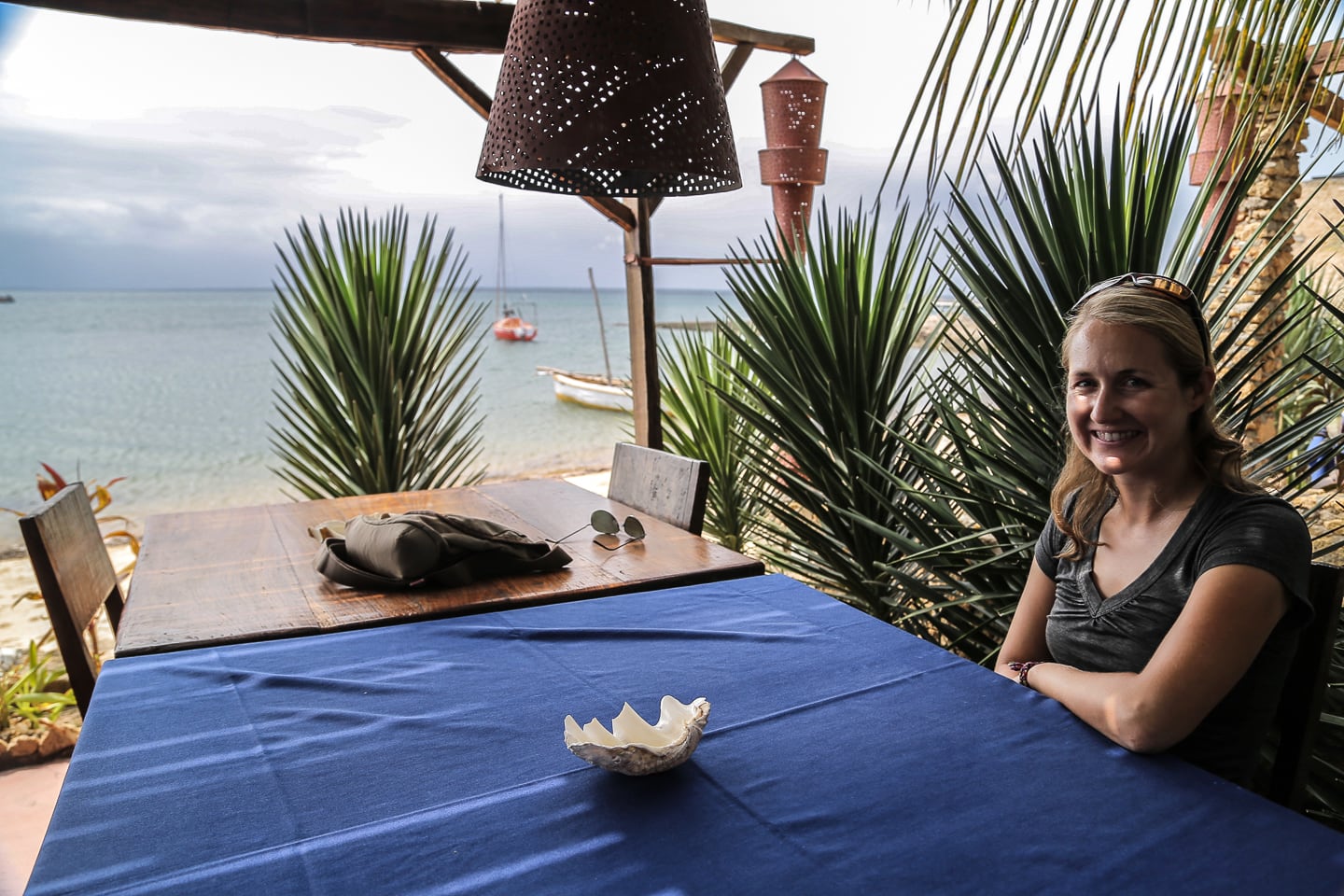
If you go into Ilha with the mindset that it’s not going to provide you with the comforts of other UNESCO sites such as Antigua Guatemala or Beijing’s Forbidden City, but that it’s like no other place on Earth, then that’s a good place to start. Even after living in Mozambique for two years and both of us traveling up through the country two weeks prior to reaching Ilha, I’m not sure we were totally prepared in that way, but we liked the island so much we did extend our stay, staying five days.

The hospital (and former capital building) was one of my favorite sites on the island. The peeling plaster and hacked trees out front gave it a haunting aura that both terrified and fascinated me every time we passed the place. And yes, it is still, apparently, a functional hospital.

Makuti Town contrasts starkly with the old colonial Stone Town, not only in the materials used to construct the dwellings (stone and thatch), but also in its layout. This entire section of the island is much more dense than Stone Town, but also recessed about 8-10 ft. below street level. It’s not difficult to imagine that this area, certainly the poorest and most populated sector of Ilha, becomes a swampy mess during the rainy season. Nearly 40 years after independence from Portugal, little seems to have changed. It’s as if the majority of residents in Ilha fear the ghosts of their oppressors and resign themselves to living at this level while many of the mansions of Stone Town lay vacant and lifeless.
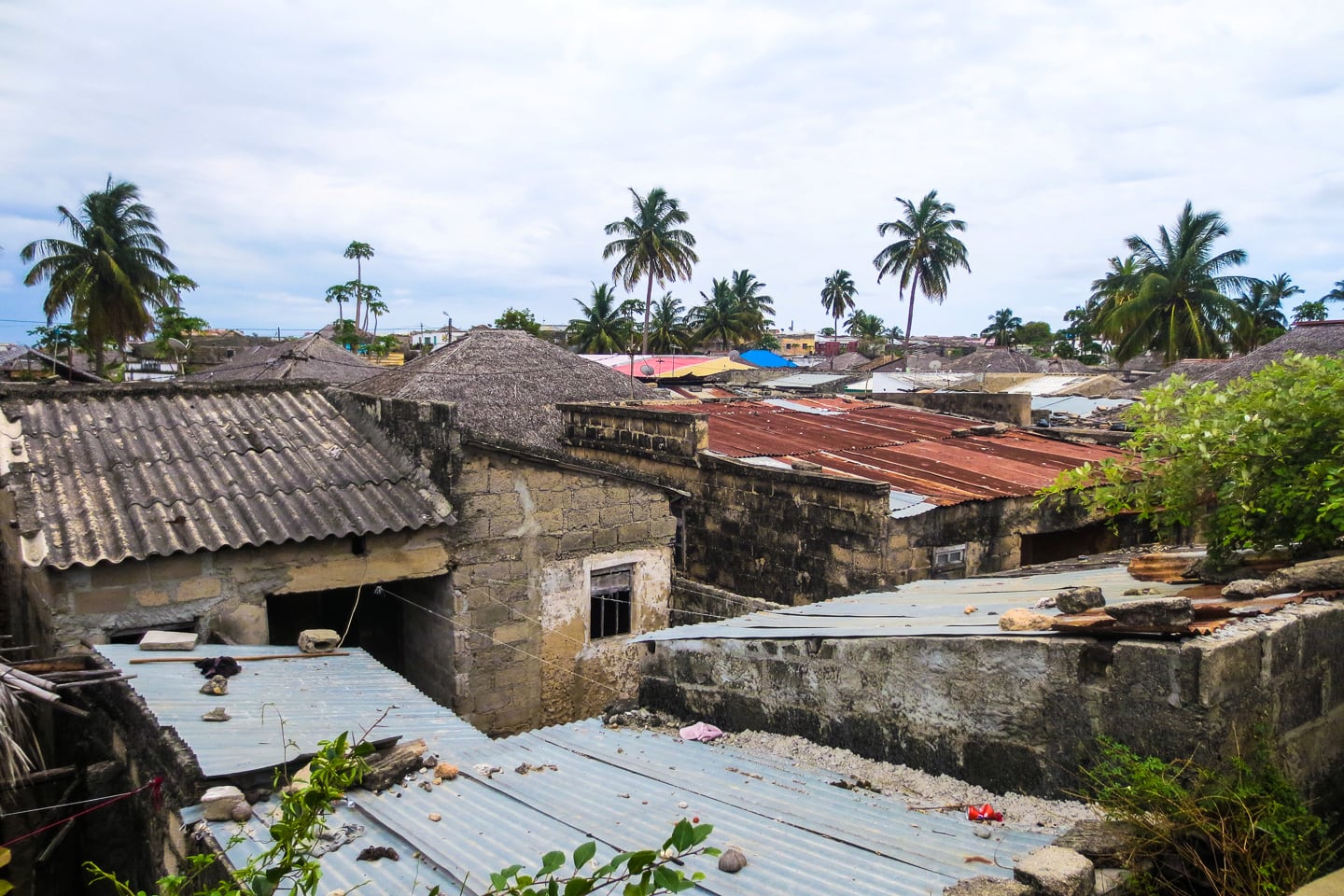

Lori has been quite taken with the various homemade toys that Mozambican children craft for themselves. For the past eight years I had wondered if the toys would be so prevalent or if plastic, Chinese-made toys might have replaced them by the time I returned. Turns out, not that much has changed. I think spending time in contemporary Asia does that to you in a way. You see and get accustomed to change at break-neck speeds, and you return to Africa (or even the U.S.) and are dumfounded that apparently nothing has changed, or continue to be astonished at the slow pace of progress.


But as I get older, I’m learning to appreciate that change is not inevitable. Change can be very good — I’ve seen changes linked to increasing freedom and opportunity and decreasing reliance have a very positive impact on people’s lives, certainly for those who find themselves in desperate situations. But change can also have a detrimental impact on people as well, destroying societal and familial structures and enslaving them to an economic neo-colonialism. People, just like the residents of Ilha, have little choice but to live at a very basic level of existence or give up everything they know and value to join the global economy (if the opportunity is even afforded to them).


Joining the global economy on Ilha would either mean, in a very few cases, working for the fledgling tourism industry on the island that is ever-eroding their traditional way of life, or, more likely, leaving the island in search of alternative livelihoods to fishing (the rapidly declining primary livelihood of people living on the East African coast) and tourism. For the average Mozambican, this means a hard life of working in mines, sweatshops or in the sex industry…but a chance at a “better” life, whatever that may entail.


So what does this have to do with children’s toys? Well, I think there is something both beautiful and heartbreaking engendered in the persistence of African homemade toys that is a metaphor for development itself. You see these kids and they are nearly always smiling. You talk to them about their creations and they are incredibly proud. There is certainly a value to non-materialism, but forced non-materialism also shouldn’t be over-romanticized. Yes, it’s beautiful and delightfully simplistic that these children make their own toys, and also that Mozambicans in the countryside live amongst their families in homes made of natural materials. But is it beautiful and admirable to have no other choice?


But back to Ilha. It really is like no where that Lori or I have ever been. We can try and draw comparisons but there really aren’t any. It’s an island frozen in time, sort of. More like…left. Left by the Portuguese, but not by the native Mozambicans who still inhabit the island. Certainly, the character of the island has changed over the past 100 years, but against a static backdrop of shops, mansions, fortresses, churches. The little tourism that Ilha does get does not seem to have changed it much, not in the way tourism and UNESCO funding has changed other places. If it weren’t for the obvious distinctive and historical quality of the town, you might never guess that it’s a World Heritage Site. It does not feel contrived or recreated in the way that Antigua or Williamsburg feels. It is what it is. And that’s enough. But is it enough to draw mass tourism? Probably not…not yet at least, which has its pros and cons.

Despite the World Heritage Status and recent [modest] influx of tourism, Ilha remains very poor with very few public services. It all makes for an interesting (and sometimes uncomfortable) juxtaposition…more affluent Western visitors and much less affluent crossing paths amongst starkly beautiful and decaying colonial buildings whose masters have long-vacated.


Above, that’s our lodging for the five nights we were in Ilha: Mooxeleliya. More on that in a later post.





One of our favorite places to go grab a drink was up on the roof top of Ruby’s Guesthouse.
While Ilha is far less draining than making your way around most places in India or East Africa, it’s still nice to have a place where you can relax and have a drink free of children asking for a photo or young men making absolutely certain for the ump-teenth time that you haven’t yet changed your mind about going on a dhow trip.
The photo thing with kids is just something I am opposed to. From my time in Mozambique as a Peace Corps volunteer up to the present day I just don’t take photos of children. I don’t necessarily judge others who do choose to take photos of children, and Lori certainly manages to fire off a few every now and then. My rule is grounded in the following: 1) In many parts of Mozambique, it is incredibly taboo to take photos of people — Mozambicans can be very superstitious and many believe that the camera sucks out your soul; 2) For Mozambicans who don’t believe that picture snapping steals your soul, it’s still culturally inappropriate for anybody to snap a close-up photo of a young child without the parent’s permission. I think the same could be said for the U.S.; 3) Many children ask for a photo to be taken and then demand money afterwards — not a practice I want to help perpetuate. So there you have it.

Lastly, it took us three days to discover Flor de Rosa’s rooftop terrace (read: three days for the restaurant to actually be open!) — a wonderful place to have a sundowner or grab a really delicious meal. It’s a bit pricey (and when I say pricey, I mean even more pricey than usual in Mozambique, which is pretty darn pricey). But starters can be had for under US$7 and are a nice departure from the usual.
But be warned! The rooftop will throw you for a loop if you’ve become unaccustomed to seeing a bunch of white people all in one place, which spending an extended period in central and northern Mozambique will most certainly do to you — not necessarily a bad thing at all, just an unexpected adjustment.


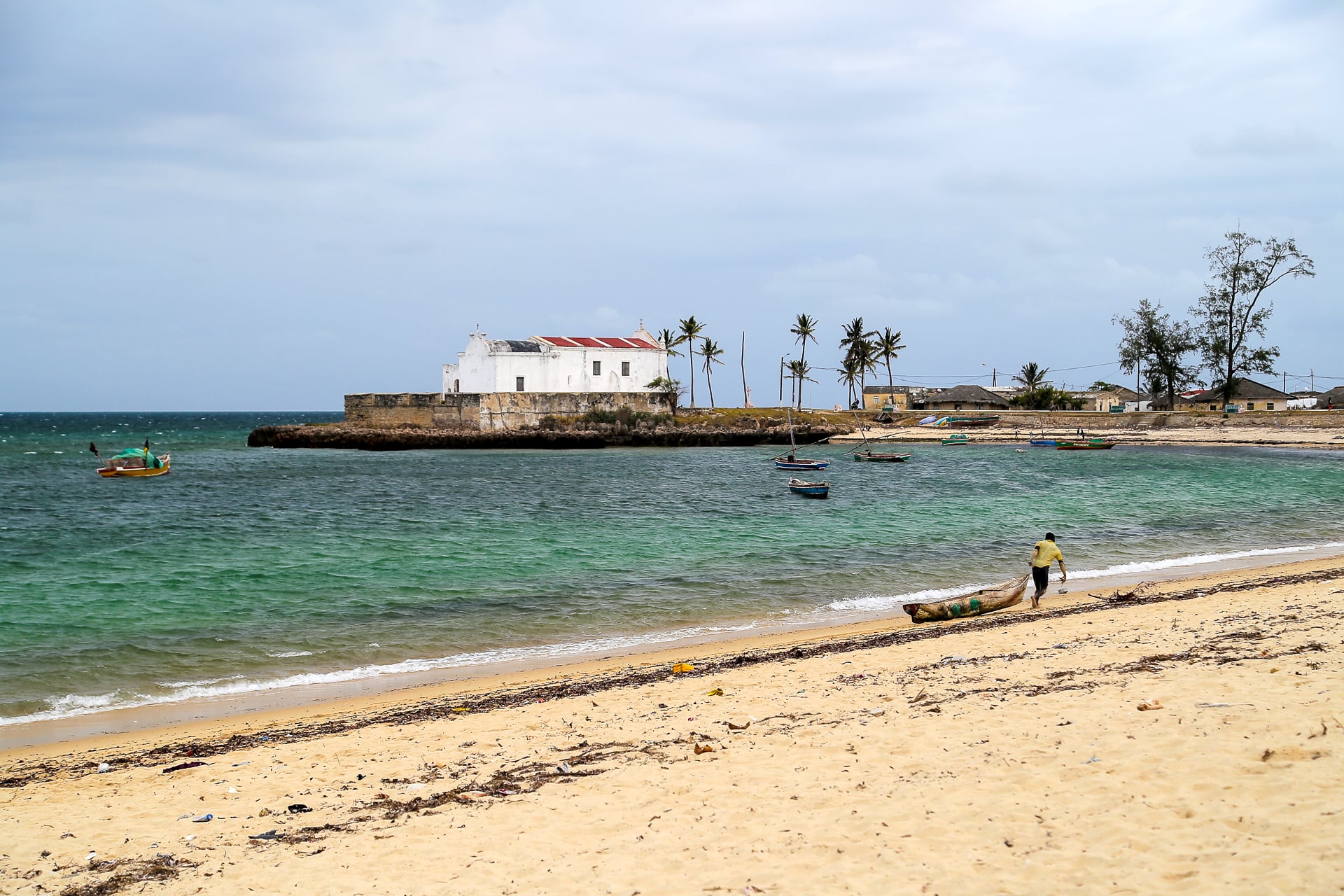


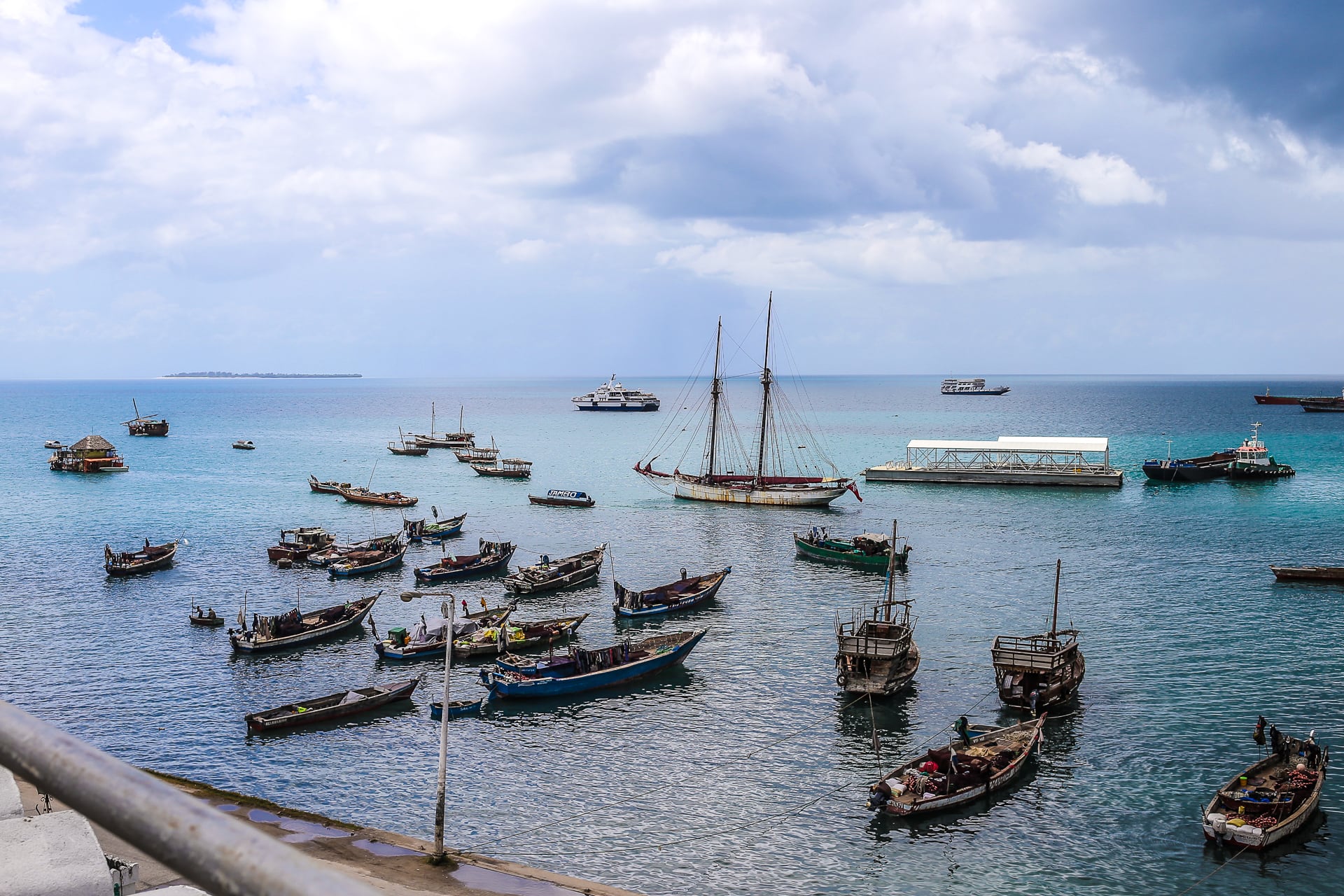
These photos are spectacular!
Lori, lovely as always!
I really appreciate your thoughts and reflections along with the beautiful photos.